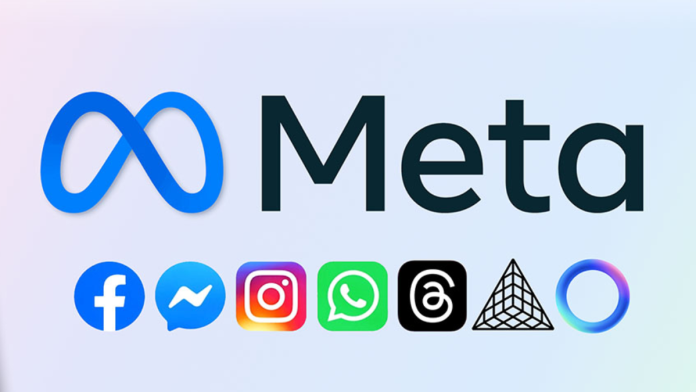Newly uncovered documents show that Meta, the company behind Facebook, Instagram, and WhatsApp, earns huge sums from ads linked to scams and banned products. According to internal reports, the company projected that about 10% of its 2024 revenue – roughly $16 billion – could come from these ads. On average, users see 15 billion scam ads on Meta’s platforms every single day.
These ads include fraudulent e-commerce offers, investment schemes, illegal online gambling, and banned medical products. Even when the system flags suspicious advertisers, the company only bans them if its automated tools are at least 95% certain the ad is a scam. If the suspicion is lower, the company charges higher ad rates instead of blocking the ad. This “penalty bid” system encourages some scammers to keep placing ads while still generating more revenue for the company.
Meta spokesperson Andy Stone said the documents present a selective view and that internal estimates included many legitimate ads. He added that the company has reduced user reports of scam ads globally by 58% and removed more than 134 million pieces of scam content in 2025 so far.
The Scale of Fraud on Meta Platforms
Users clicking on scam ads often see even more of them because Meta’s ad system shows content based on what users engage with. Some internal reports estimate that a third of all successful scams in the U.S. are connected to Meta platforms.
The documents also show that Meta’s competitors often perform better in blocking scams. For example, it is reportedly easier to advertise scams on Meta platforms than on Google. Even when the staff identify scam ads or accounts, enforcement can be slow or limited. A program highlighting the “Scammiest Scammers” names the worst offenders, but some accounts flagged remain active for months, continuing to deceive users worldwide.
Internal Policies and Revenue Considerations
In 2025, teams reviewing advertisers were not allowed to take actions costing more than 0.15% of revenue, roughly $135 million. High-value advertisers could receive hundreds of warnings before being banned. Internal strategy documents show that enforcement often focused on countries facing regulatory scrutiny rather than a full platform-wide crackdown.
The “penalty bid” system charges likely scammers more to run ads. Meta earns revenue even from suspected fraudsters while discouraging some scam activity. Internal tests showed this approach slightly reduced scam reports and only caused a minor drop in overall ad revenue. Some documents noted that large-scale fraudulent ad campaigns could generate tens of millions of dollars in monthly advertising revenue before being removed.
Meta CEO Mark Zuckerberg has said that despite heavy investments in artificial intelligence and new data centres, the advertising business generates the capital needed to support the company’s growth.
China stuns the internet — influencers must now show degrees to talk about health, law, or finance
Widespread Impact on Users
One reported case involved a recruiter whose Facebook account was hacked and used to promote a cryptocurrency scam. Despite dozens of reports from friends and authorities, Meta did not act quickly. Several victims lost tens of thousands of dollars before the account was finally taken offline. Mike Lavery, a former Canadian army officer, reported losing C$40,000 after interacting with the scam.
Meta also recognizes the massive reach of non-paid or “organic” scams. Every day, users encounter 22 billion attempts at organic scams, such as fake classified ads, hoax profiles, and fraudulent health product promotions. Documents suggest that many user reports are ignored or dismissed. In 2023, around 100,000 valid weekly reports of fraud were filed, but 96% were rejected or ignored.
Even police-provided examples of scams sometimes go unaddressed if they violate the “spirit” but not the “letter” of Meta’s rules. Fake ads promoting huge discounts, fraudulent concert tickets, and jobs from fake tech companies often slip through the platform’s protections. Erin West, a former prosecutor, noted that Meta’s default response to user reports is often to ignore them, leaving many scams unchecked.
The documents highlight that enforcement policies vary by advertiser size and revenue contribution. Small advertisers need multiple strikes before being banned, while large advertisers can continue running scam campaigns for months. Despite internal efforts to reduce scams, Meta documents show that the company is still a major pillar in the global fraud economy.


